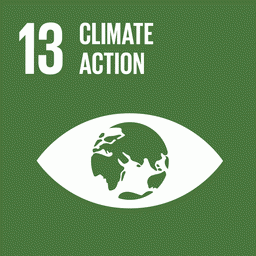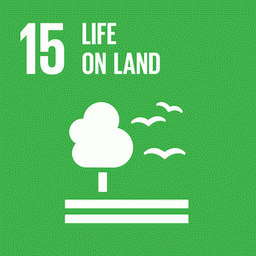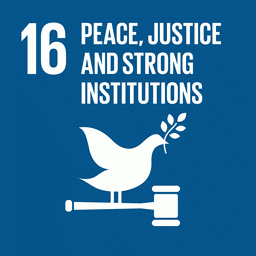By Bibiana Alcântara Garrido*
André Guimarães, executive director of IPAM (Instituto de Pesquisa Ambiental da Amazônia), contested the idea that adopting a time frame for indigenous lands would ‘pacify’ the debate in the country, in a statement released on Monday (5). For Guimarães, the temporal framework creates more legal uncertainty, not less.
According to the director, the establishment of the rule would have the opposite effect to that expected by camps in favour of the time frame, and would further increase the judicialization of cases. The comment comes in the context of the beginning of the activities of the conciliation commission on the milestone, determined by STF (Supreme Federal Court) minister Gilmar Mendes.

Igarapé in the Vista Alegre village, located in the Lower Tapajós (Bibiana Garrido/IPAM)
“The claim that restricting the creation of indigenous lands ‘pacifies’ the countryside is not true. In reality, the friction between the Federal Supreme Court and the National Congress shows that there will be more, not less, judicialization of the debate. Therefore, the temporal milestone creates even more legal uncertainty in the countryside, both for farmers and indigenous people,” he says
The commission was opened by Mendes after the magistrate was chosen as rapporteur of a lawsuit for compliance with law 14.701, voted in Congress and enacted last December to validate the time frame for indigenous lands. The Supreme Court had ruled the law unconstitutional months earlier, in September 2023.
Climate balance
“Indigenous lands are the places where nature is most conserved in Brazil, but they are increasingly threatened by fire and deforestation, as well as illegal mining. We need indigenous lands protected to have a chance of our future and to be able to continue producing food in a balanced climate. Likewise, we need to maintain our agricultural production capacity, which requires legal certainty, among other means, so that we can continue to be global leaders in this sector. It’s not the timeframe that will provide us with these guarantees so that we can continue to be champions of conservation and agricultural production,” adds Guimarães.
A study released by IPAM in September 2023 showed that weakening indigenous peoples’ constitutional right to their lands would put up to 55 million hectares of native vegetation at risk. The loss would cause the emission of up to 18.7 billion tons of carbon – the equivalent of 14 years of Brazilian emissions, according to SEEG (System of Estimates of Emissions and Removals of Greenhouse Gases).
Threats
Predatory activities around and even within indigenous lands put people’s lives and biodiversity at risk. From 2022 to 2023, the area burned on indigenous lands in the Amazon increased by 73%, according to a technical note published by IPAM in June 2024. Among the explanations for the figure is the extreme drought in the biome, intensified by climate change, combined with the human ignition of fire, which ends up getting out of control and becoming a forest fire.
Deforestation in these territories had already risen by 153% in the 2019-2021 triennium compared to the previous three years, as shown in another technical note published by the institution in February 2022. This factor aggravates the loss of moisture and multiplies the degradation that makes the forest more fragile to the spread of flames. Brazil’s “air conditioning”, indigenous lands, with biodiversity protected by their peoples, cool the local temperature by up to 5°C.
Still, with 80,000 mining sites, the Brazilian Amazon saw mining increase by 361% within indigenous lands from 2016 to 2022, a study from April 2024 revealed. Some 122 territories in the biome are located in river basins impacted by mining.
“To continue defending the temporal framework for indigenous lands is to sign up to the ruin of humanity. Without indigenous peoples and the benefits we reap from their protection of nature, there is no economy, no politics and no possible life,” concludes the IPAM director.
*IPAM science journalist, bibiana.garrido@ipam.org.br
Cover photo: IPAM’s executive director, André Guimarães (Photo: IPAM Collection)


